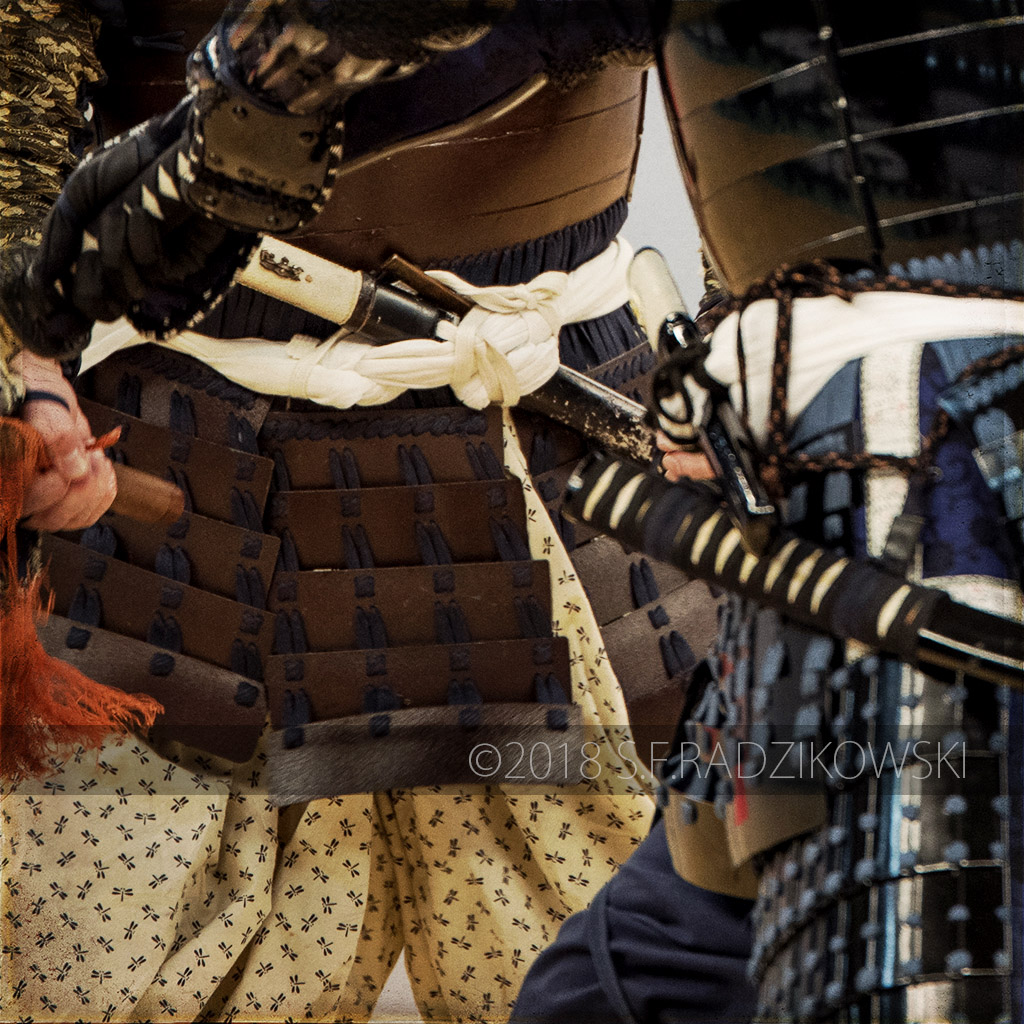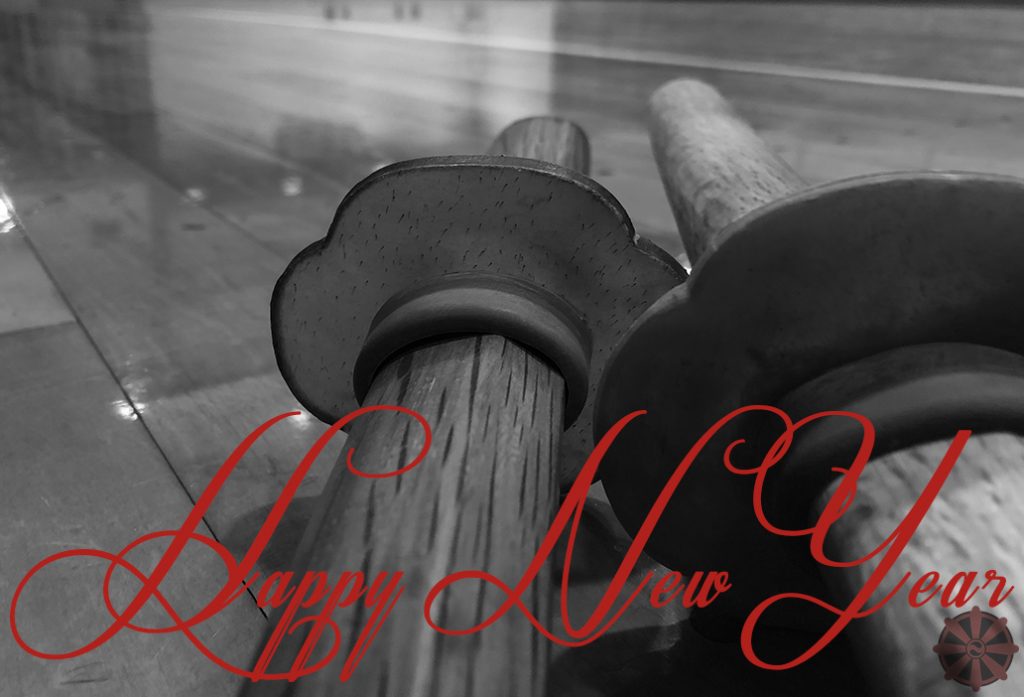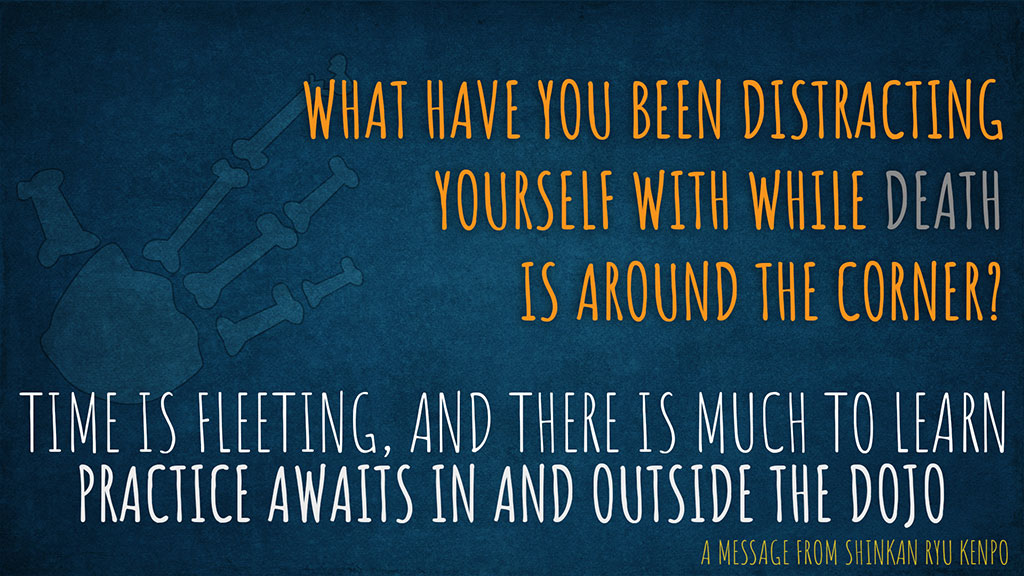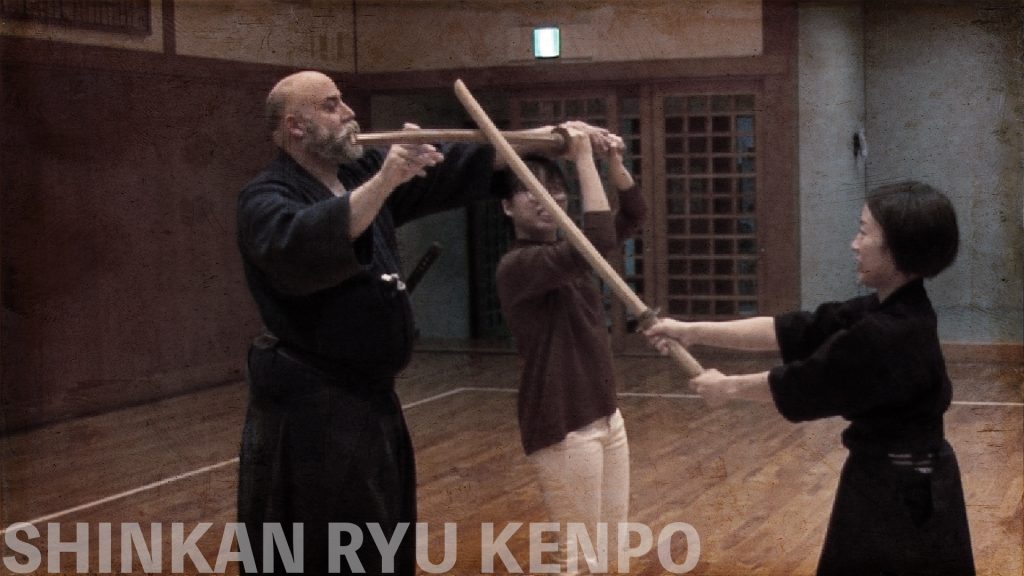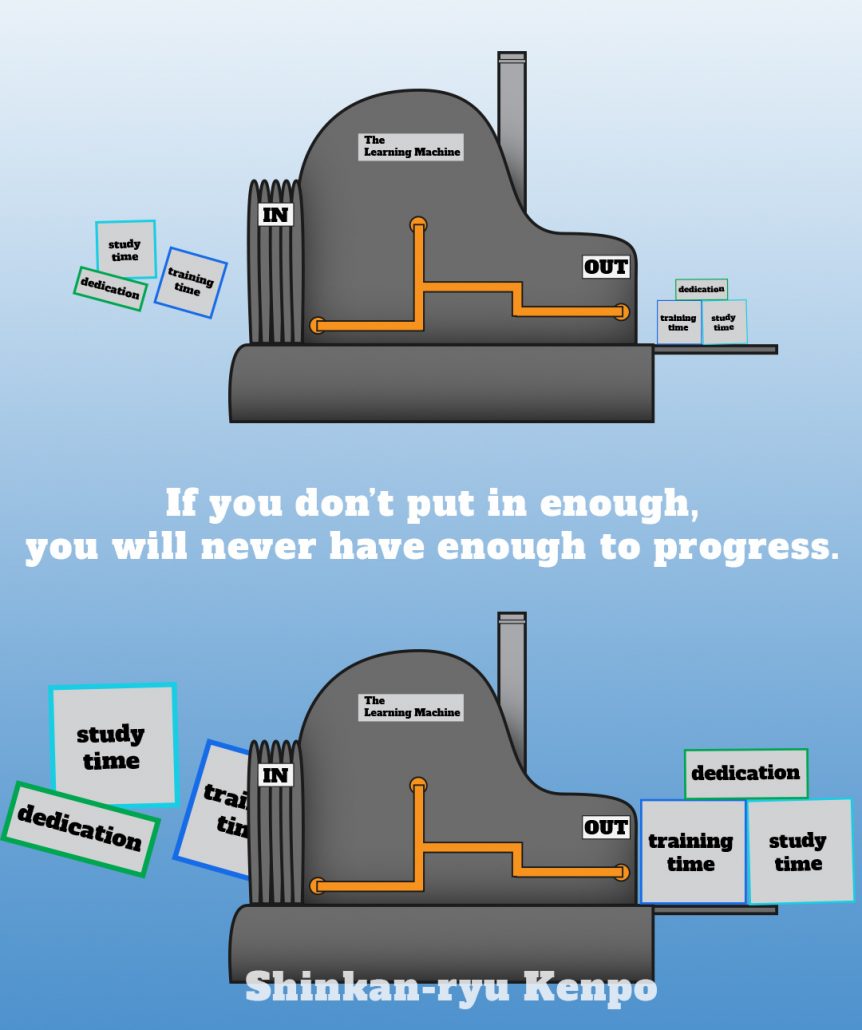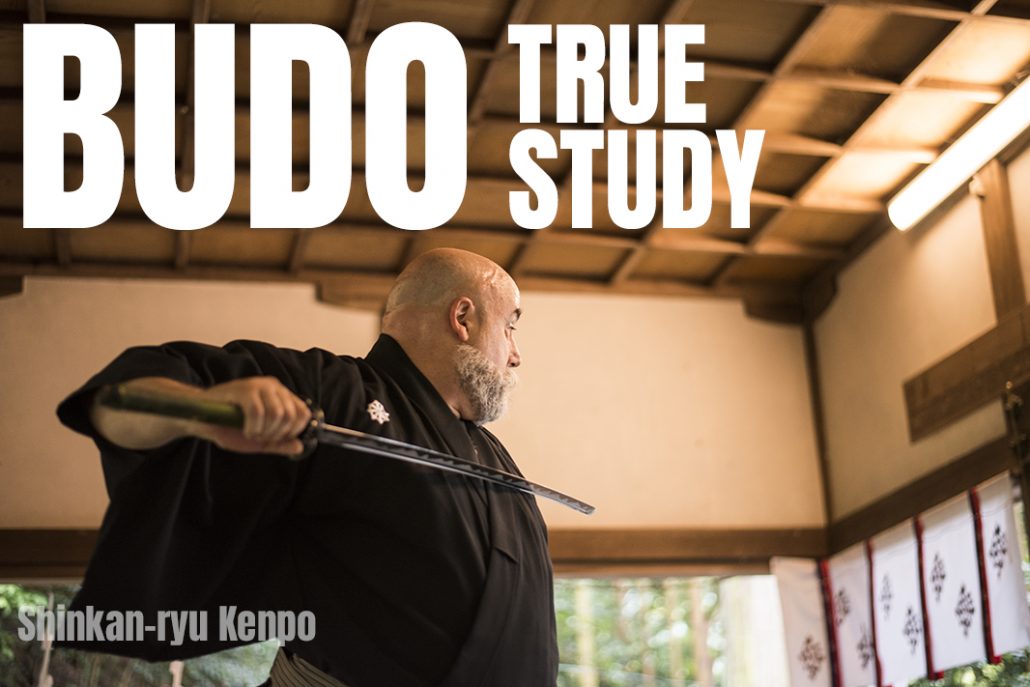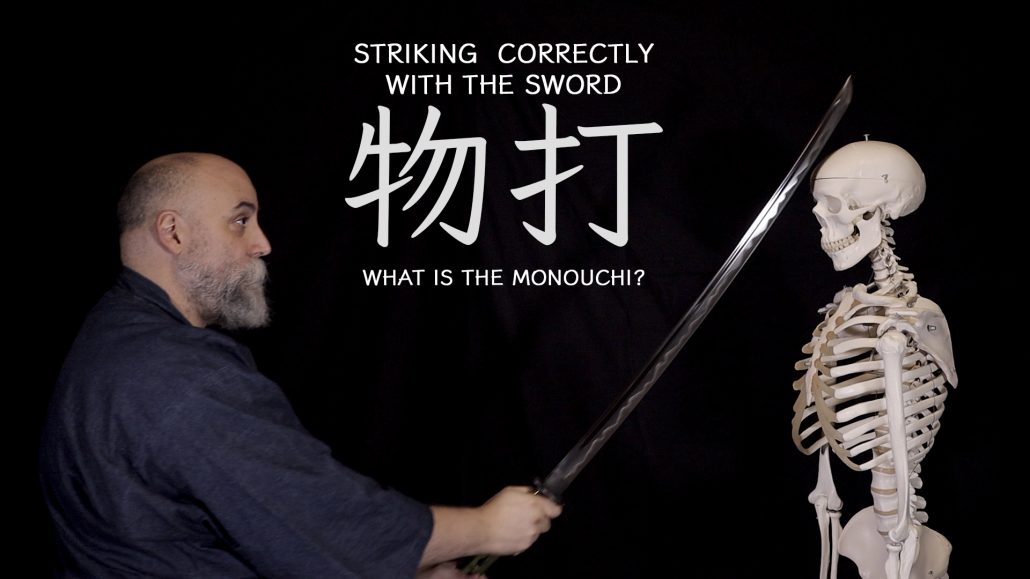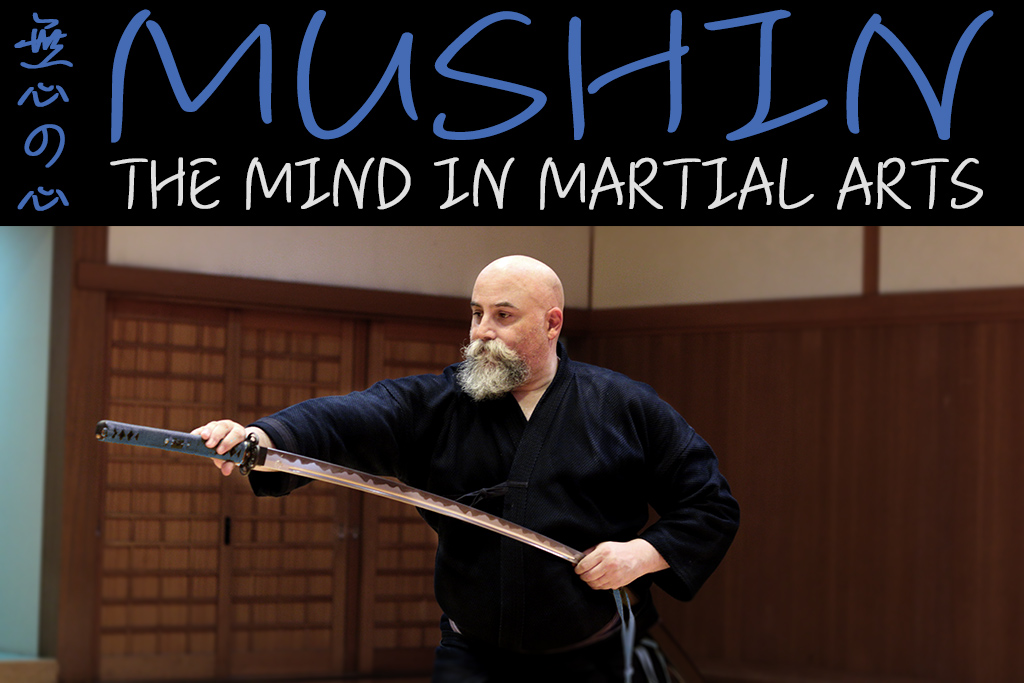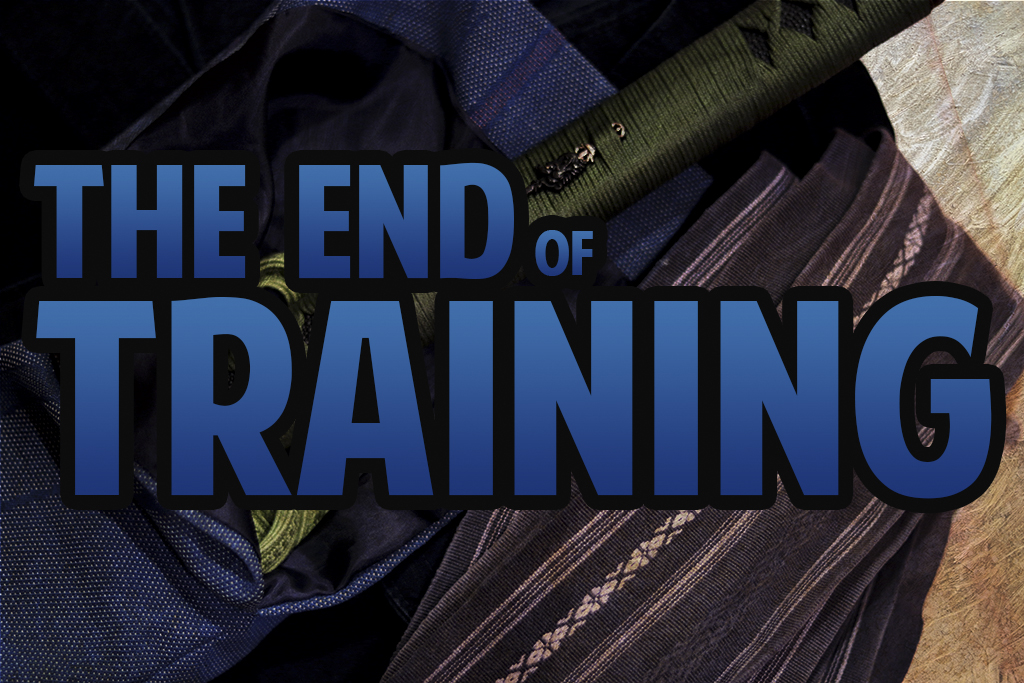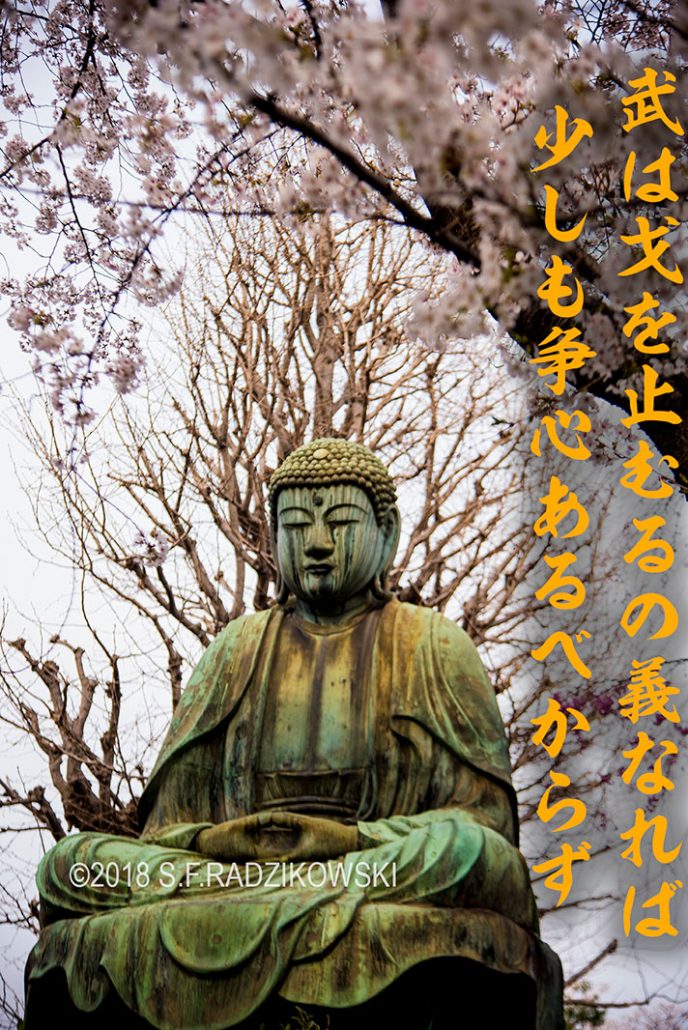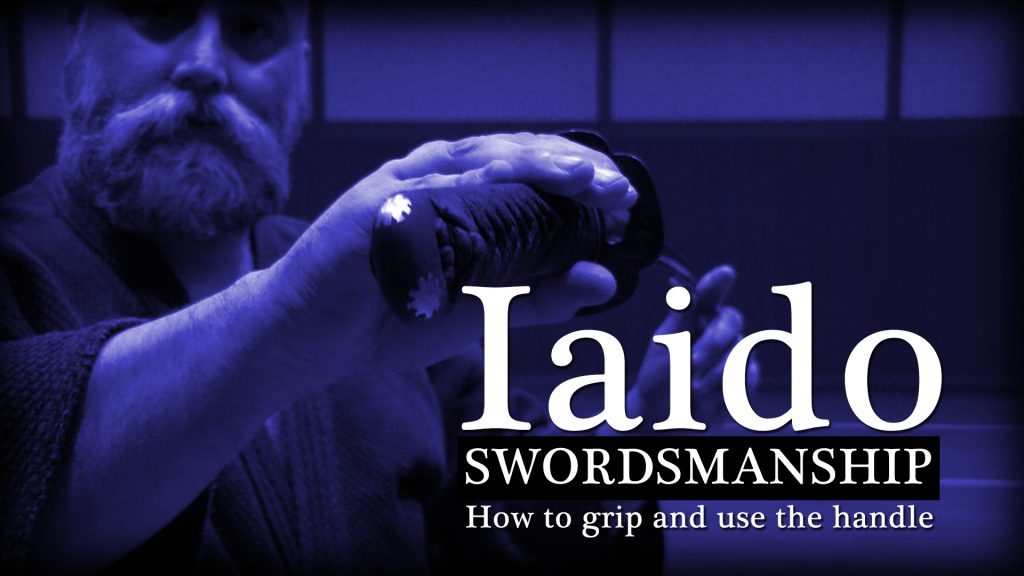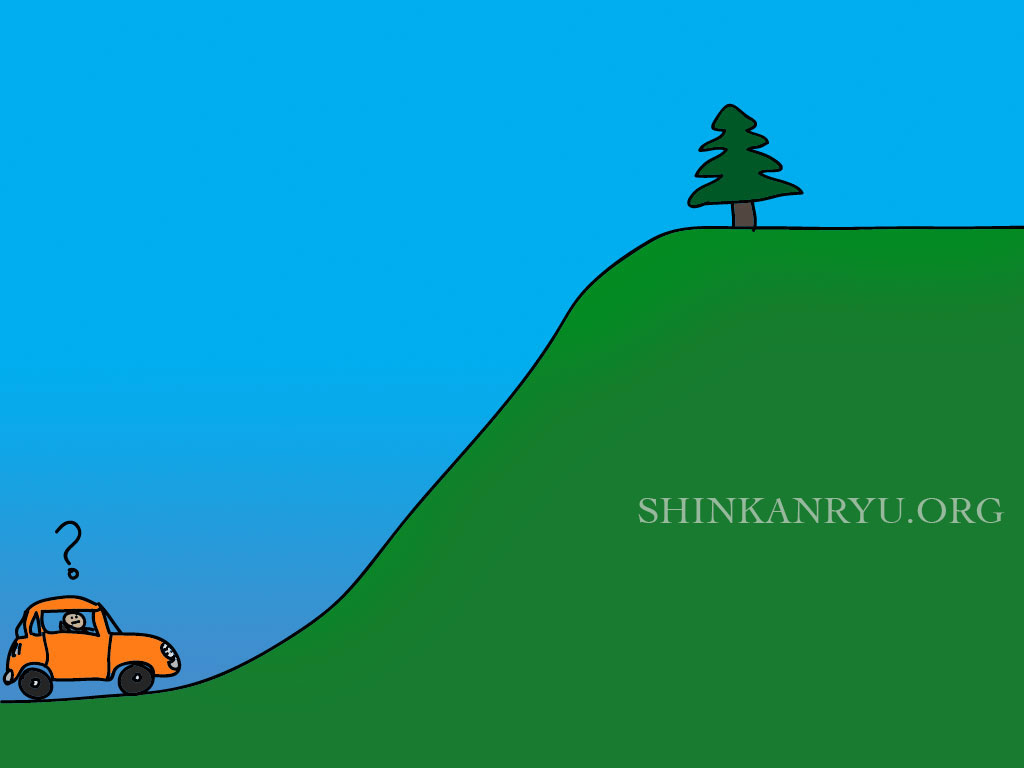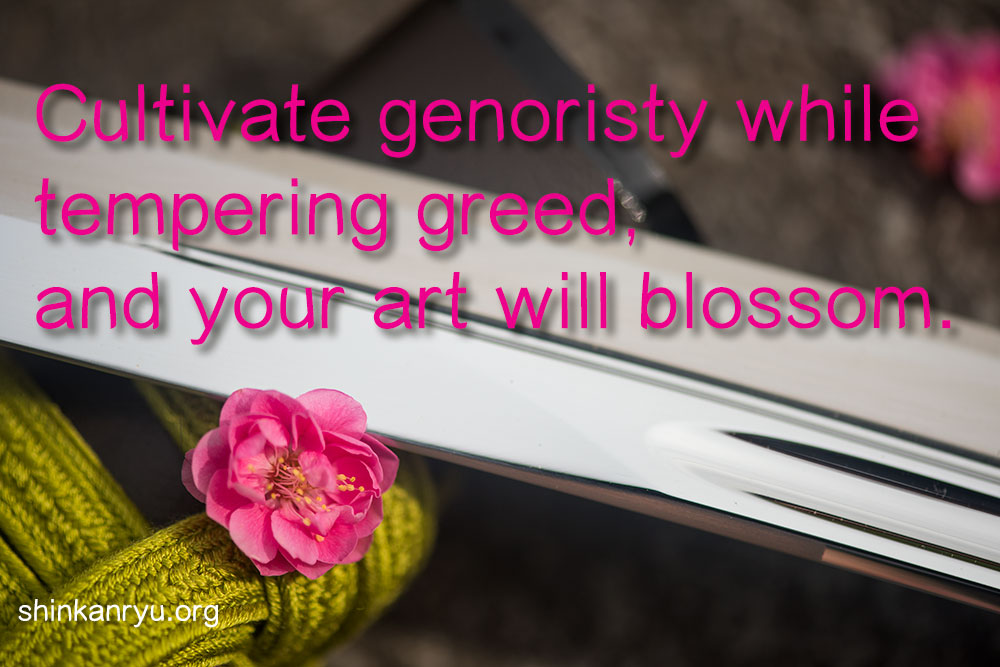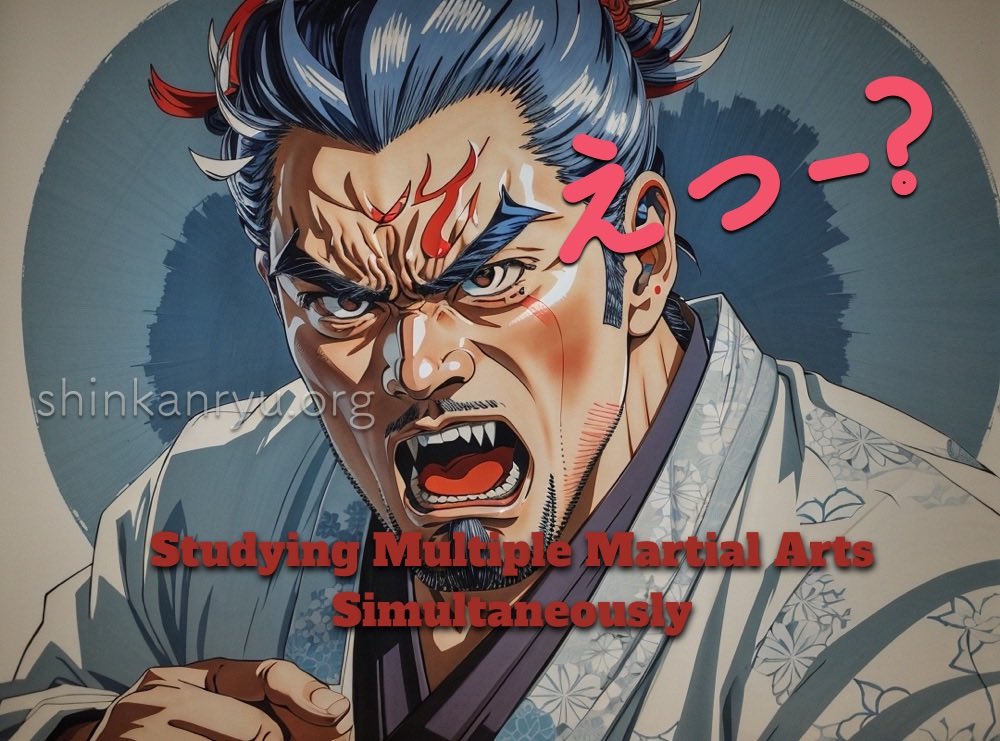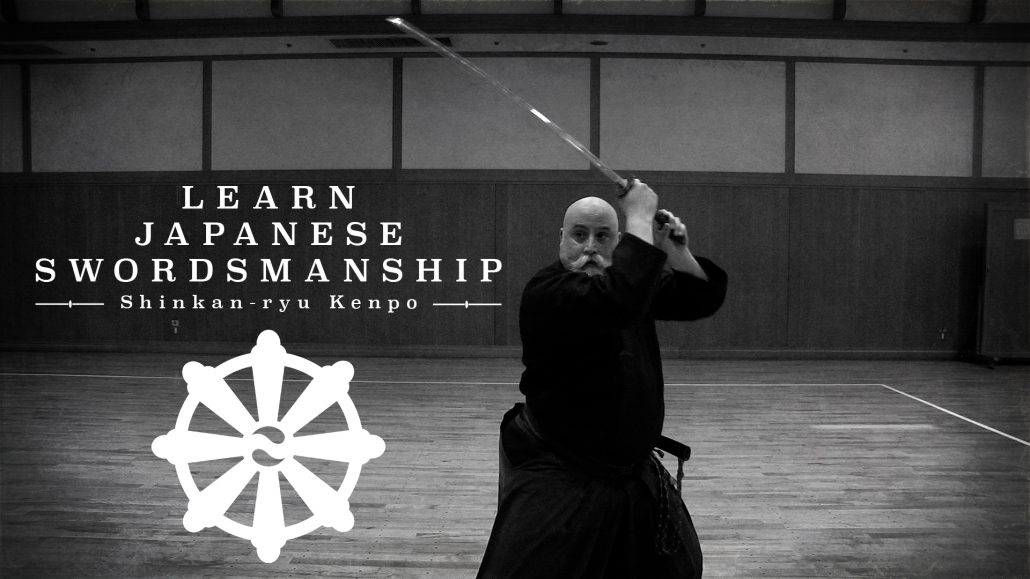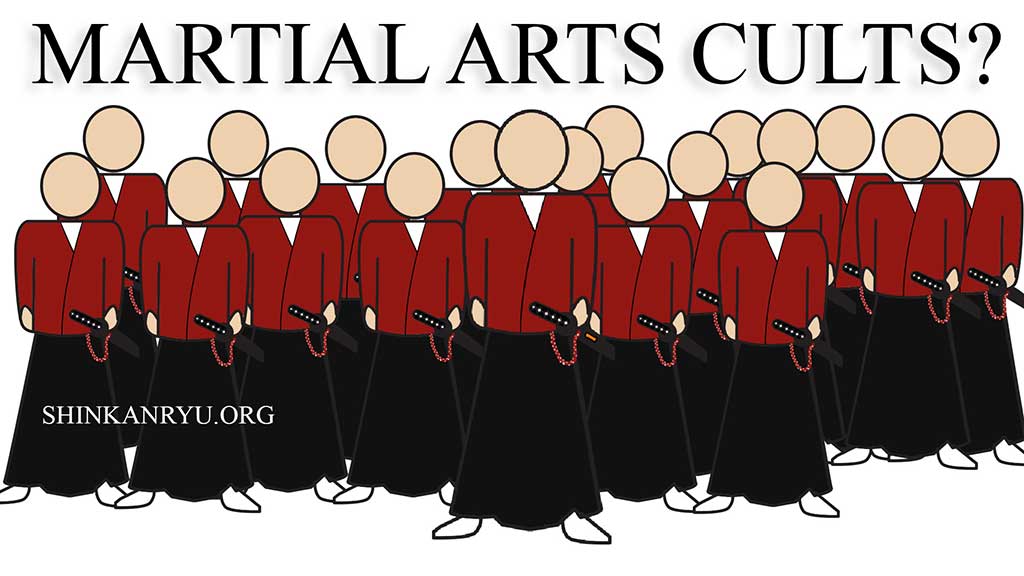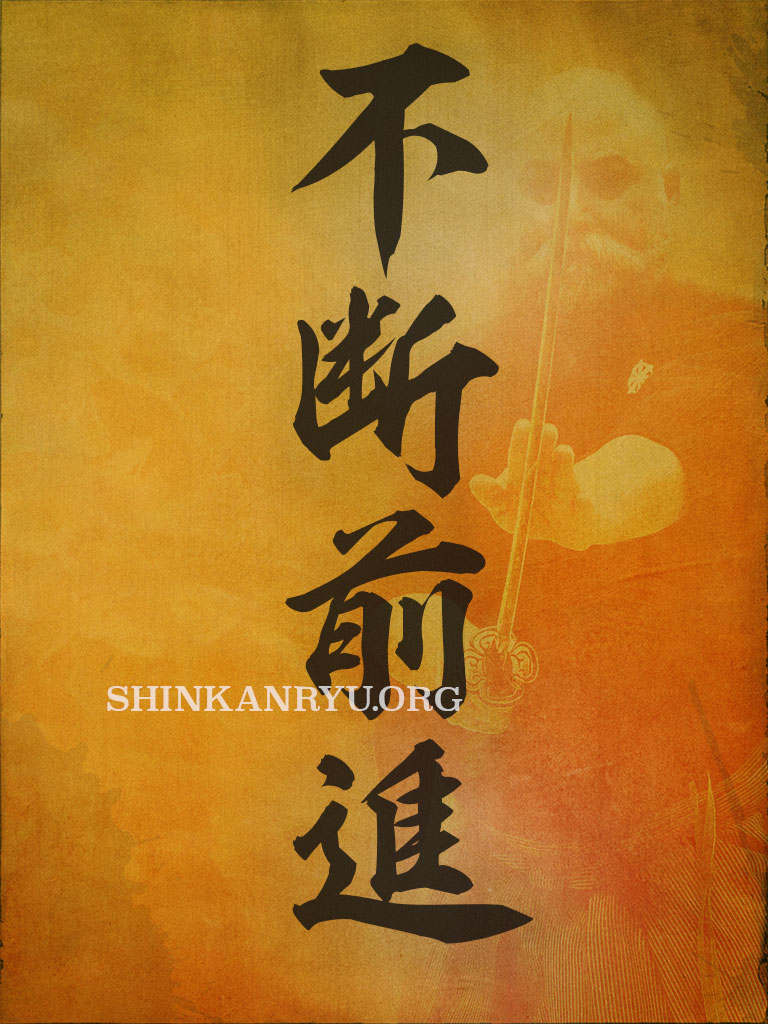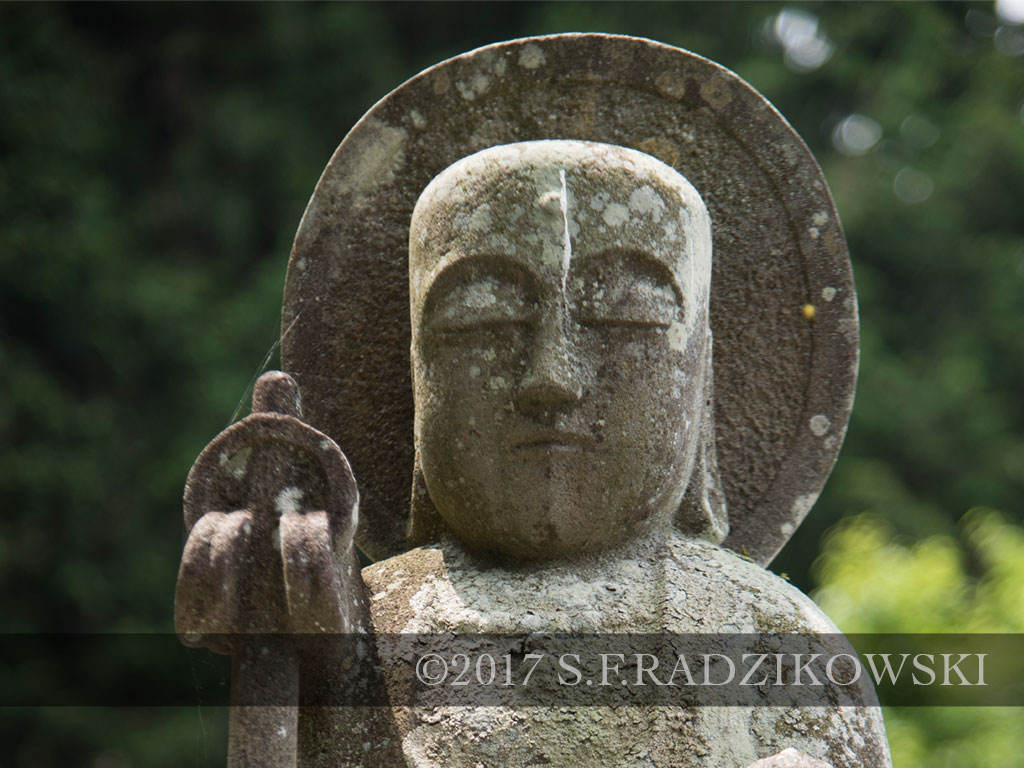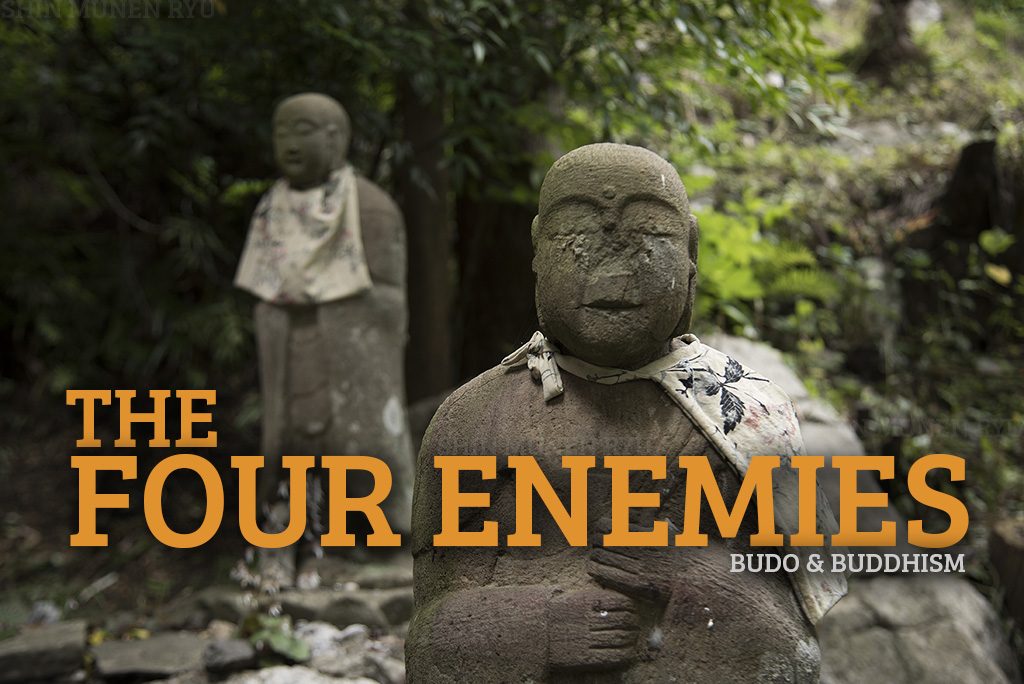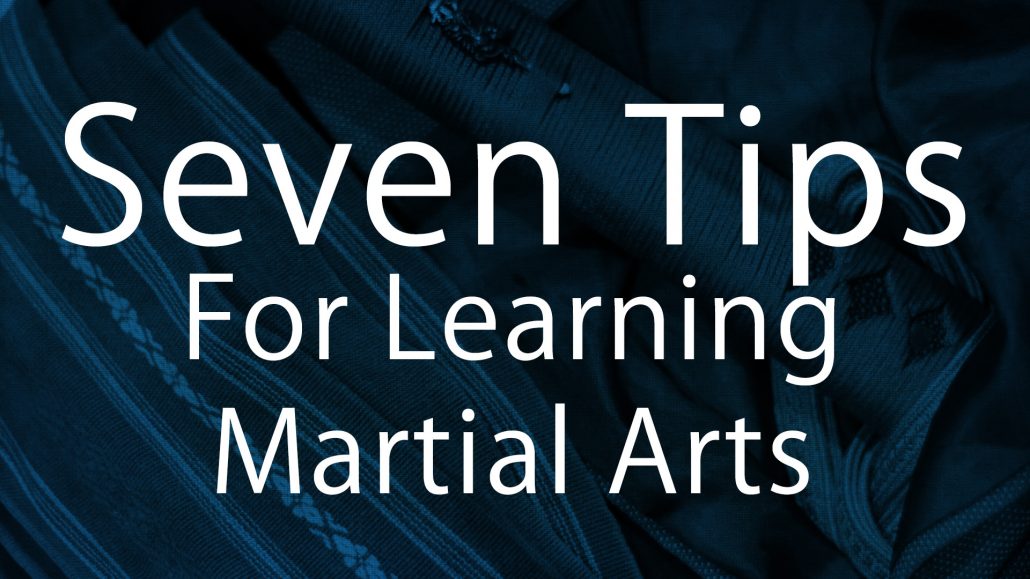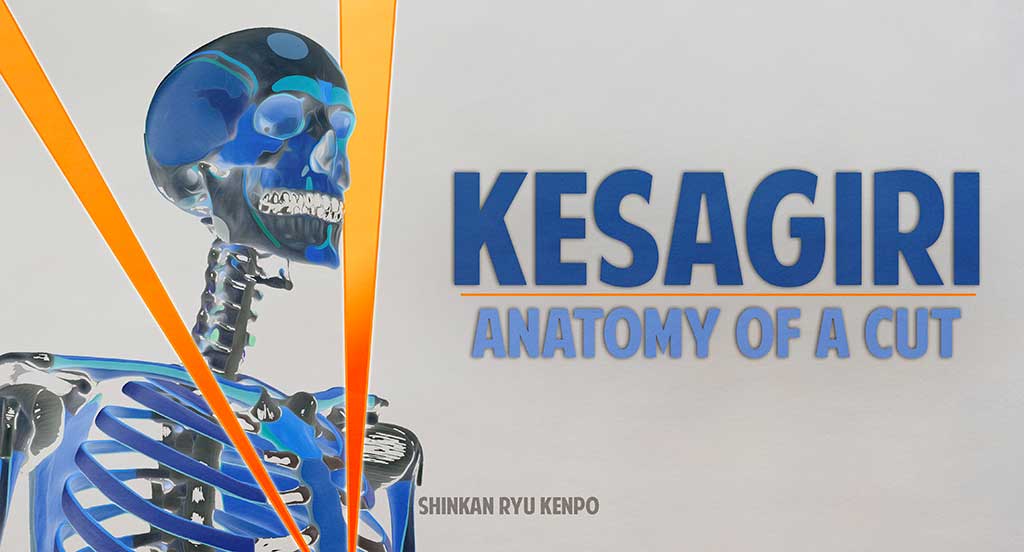Japanese Koryū Creator myths; becoming enlightened and making up a whole martial arts system.
Some martial arts in Japan have origin stories that borderline on the mystical and some dive right into the supernatural. Are they true? If they are, does it matter? What was the purpose of these stories and myths? Some of these stories are meant to glue or attach the school to a well-established tradition or area, mountain or shrine. They were meant to bolster the legitimacy of the school, as well as make for a new break when a student learns one system and wants to strike out on their own to make a new one. Let’s briefly explore a few of these myths and discuss them a bit.
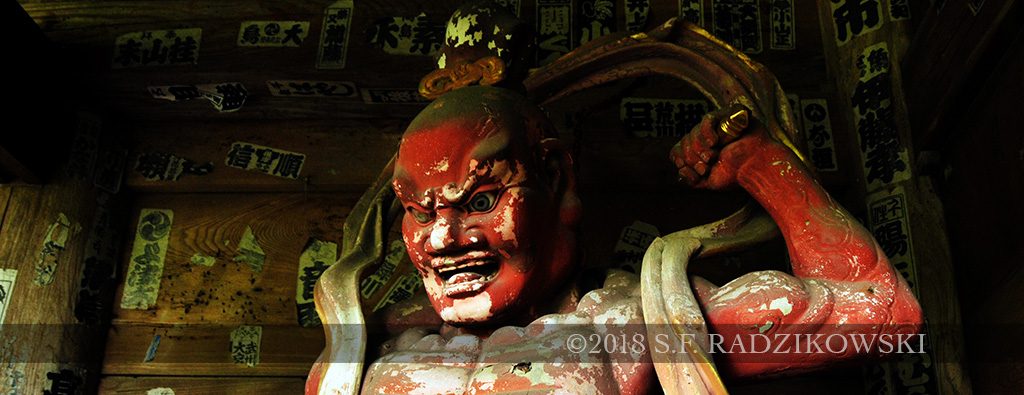
Tenshin Shoden Katori Shinto Ryu 天真正伝香取神道流
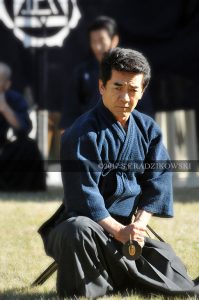
The name of the school itself indicates the system came from the gods. The founder of that school is Izasa Choisai Ieano, 飯篠 長威斎 家直. The school was supposedly founded around the late 1300s. Already a practitioner of another system, Izasa, at the age of 60 went to Katori Shrine. There he spent 1000 days practicing martial arts. Day and night and day and night. The deity at Katori Shrine, Futsunushi no Mikoto appeared to him in a dream. In this vision, he handed down a scroll of secrets of military strategy, The Mokuroku Heiho no Shinsho.
Takenouchi Ryu 竹内流 also has a similar story. Founded by Takenouchi Hisamori around the 1530s. According to their school, Hisamori went into the mountains to train near the Sannomiya Shrine. He was practicing there for six days and six nights using an unusually long bokuto. On the final night, he fell asleep, tired from his arduous practice. Suddenly he was startled awake by a priest of the mountains. The priest, with a long white beard and white hair. Hisamori thought it to be an incarnation of a god. Hisamori launched an attack
Though strong and quick, Hisamori was easily repulsed and defeated. The priest told Hisamori, “When you meet an opponent, at that moment, life and death are decided. That is called military strategy.” The priest then snapped Hisamori's long bokuto in two making a short sword, and taught Hisamori techniques of kogusoku and instructed him in how to use them in grappling and close combat. After which a sudden gush of wind and lightning came, and the priest disappeared.
Tatsumi-ryu 立見流
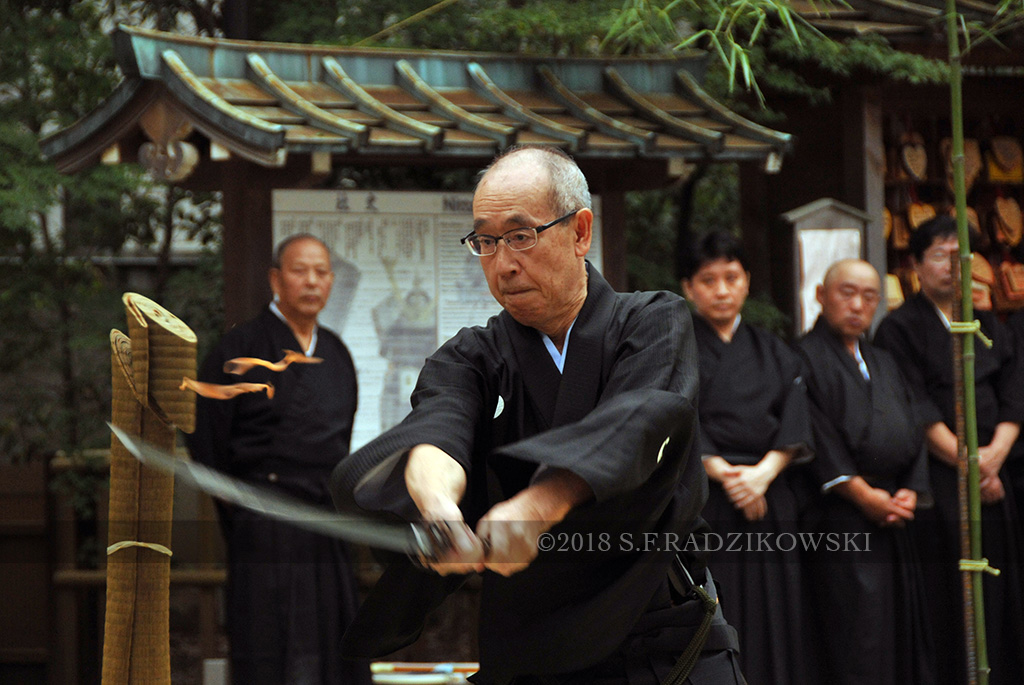
Tatsumi-ryū was a martial art founded around 1520 by Tatsumi Sankyo. Training from a very early age and winning many matches and never being defeated Tatsumi became disenchanted with technical proficiency. He did not look with favor at winning in combat. With that, he secluded himself in the mountains to the deity Tsumayama Daimyojin. There he performed intense spiritual training, shugyō 修行. It's said he achieved supernatural abilities and formulated the large Tatsumi-ryū curriculum.
Sekiguchi Ryu & Shindō Munen Ryū 関口流 • 神道無念流
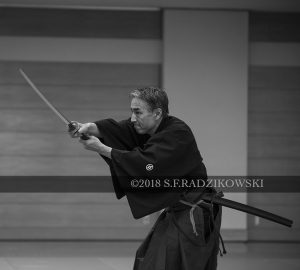
Sekiguchi ryū founded around 1570 by Sekiguchi Jushin. Another very dedicated martial artist that went out on shugyō into the mountains and came back with an entirely new system, you guessed it, Sekiguchi Ryu.
Finally, we have Shindō Munen Ryu.
It was founded around 1730 by Fukui Hyoemon a Shin Shinkage Ichiden Ryu trained swordsman. We find yet another bushi unsatisfied and wandering around taking part in duels and shugyō. He traveled around Japan and honed his skills finally settling at a small shrine in the Inazuma mountains northwest of Edo. There he meditated and trained in isolation for 50 days reaching enlightenment and creating the large sword syllabus of Shindō Munen Ryū. This spawned many different schools of Shindo Munen-ryu around Japan.
Edo Period Franchise; The Original McDonalds
Many schools have these stories. When you look at the samurai in the Edo period you find a class that needs to make ends meet. Some of these stories help sell and ad prestige to a school. We should imagine the realm that was the Edo area during the early 1600s to 1865. No major wars. Fighting freely was prohibited by law. This was the time when bujutsu systems greatly expanded and were codified. Some in great detail.
The martial arts were no longer just for the samurai elite. Farmers and merchants now had a chance also to gain status and money in the world of martial arts. One could devote themselves for a few years and depart for another area and open their own school. Even rework techniques and create new systems. Some schools such as Hokushin Ittō Ryū 北辰一刀流 did just that but without the embellishments of mountain spirits bestowing gifts.
Unless you believe in ghosts and spirits then it's hard to imagine someone receiving a scroll or information from such a spirit. So how did these schools come about? My views on this are pragmatic. When one has training in martial arts and reaches a good understanding and foundation, it is not that hard to begin to create a system. It is hard but not impossible to come up with a broad syllabus of techniques using intuition that has been gathered from proper training. More than likely it was a refinement while working with another person. Maybe not as romantic but certainly as interesting. I find it impossible that all these systems sprang out of thin air.
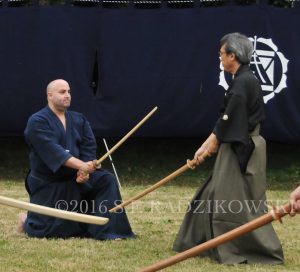
You can also trace some similar ideas and movements from one school to another. In a different time, it seems it was more palatable to create some mythic origin than to say, "Me and Kono-san spent two months together in the forest and came up with this. Here you go!".
It says more about the genius and hard work of these creators to branch out and create new systems. I would also argue that the forms we know today might not be as polished as those when it first started. It would be foolish to think so, however it seems many people are living with this delusion. Even if one were to think up two-person forms on their own, it had to have been perfected with a partner.
It would do us well to see the creator myths as they are and nothing more. Enjoy the martial art or koryū and don't hold up the origins as the ultimate truth or use it as some marketing ploy to notch your system above someone else's.
©2018 S.F.Radzikowski

ラジカスキー真照
館長Saneteru Radzikowski is the head sword instructor of Shinkan-ryū Kenpō. He lives and teaches Iaijutsu and Kenjutsu from Nara, Japan.
Happy New Year
From all of us at Shinkan-ryū Kenpō to you, Have a wonderful New Year Celebration....
death budo
What have you been distracting yourself with while death is around the corner? Time is...
Cómo aprender Kenjutsu?
Aprender cualquier cosa tan profunda como un arte marcial requiere de un maestro. El kenjutsu,...
I Am A Lazy Martial Artist
There is a saying, “You get out of it what you put into it.” It...
True Budo Proper Conduct
True budo, real budo, is about being your authentic and true self. Those of us...
Striking with the Katana: What is the Monouchi?
https://youtu.be/pXpzSBLGkbI
Samurai F.A.Q
Are samurai still trained in Japan? Are there samurai schools? The short answer is, No.Samurai...
Mushin State of No Mind In Martial Arts
I would like to express my thoughts on the concept of mushin no shin —...
The End of Training & Boredom In Martial Arts
Budō Is Limitless When does training end? When do we become a master? The short...
The Mind According to Saito Yakuro of Shintō Munen Ryū 斎藤弥九郎神道無念流
「武は戈を止むるの義なれば少しも争心あるべからず」斎藤弥九郎神道無念流練兵館 斎藤弥九郎 Saito Yakuro, Shindō Munen Ryu instructor of the famous Renpeikan in Edo once...
Sword Grip Tenouchi Iaido Video
This video describes basic hand grips (tenouchi) for using a katana (Japanese sword).
Practice
The car at the bottom of the hill needs a sustained gas pedal to move...
Martial Arts Creator Origin Myths of Japan
Japanese Koryū Creator myths; becoming enlightened and making up a whole martial arts system. Some...
Greed And Martial Arts
We must endeavor to cultivate generosity while looking at the roots of our greed. Removing...
Is Studying Multiple Martial Arts Ok?
Many people study more than one martial art. There can be varied reasons, such as...
Learn Sword Online: Budo Video
Learning Japanese sword online is possible. https://player.vimeo.com/video/276710823
Martial Arts Cults & Lies
I once had an interaction with someone who referred to their school as a genuine...
Advance The Sword And Mind
No matter what, move. Advance. Unceasingly against whatever odds, internal or external, move towards the...
Is Compassion Important In Martial Arts?
What is compassion? Compassion is a concern for the suffering or problems of others. The...
Four Enemies
Four Friends. Four Enemies. One morning while on alms rounds the Buddha gave a heap...
Seven Points For Learning Martial Arts
I am often thinking about how to learn bujutsu productively. The efficiency of body and...
Kesagiri: Anatomy of A Sword Strike
In Japanese swordsmanship, there have been many hundreds of schools. There are, however, only a...


